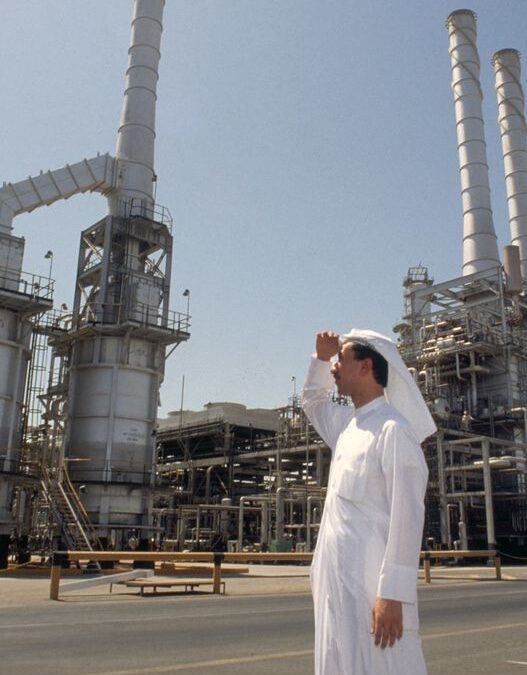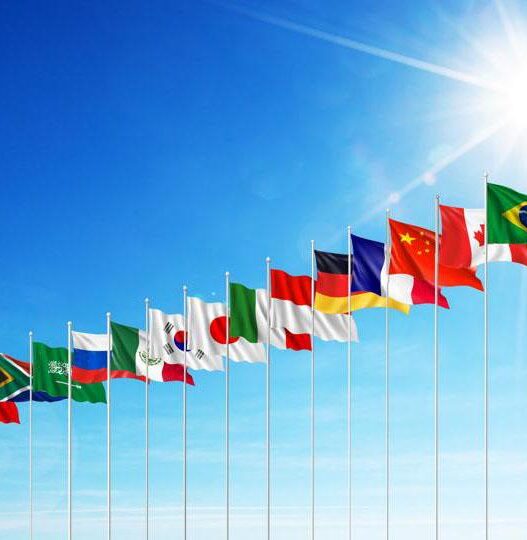What Happened?
Powered by MasterCFA.com
Russia’s central bank is expected to raise interest rates to 20%, causing significant concern among industrial companies and business groups. This aggressive monetary policy, aimed at fighting inflation (currently at 8.5%), is creating challenges for businesses facing already high borrowing costs. Major state companies and industrial leaders, including billionaire Alexey Mordashov and Rostec head Sergei Chemezov, are warning that these high rates could severely impact future investments and economic growth.
Why Does This Matter?
Impact on the Economy
- The Russian economy, despite showing growth (3.6% last year), faces a complex balancing act between controlling inflation and maintaining industrial growth
- High military spending has supported economic recovery, but expensive borrowing costs threaten future development
- Critical infrastructure projects, particularly in the power sector, are at risk of delays or cancellation
Personal and Business Effects
- Small and medium enterprises expect loan rates to reach 30%, limiting their growth potential
- Energy companies are warning of potential electricity price increases
- Construction and steel sectors are already reporting decreased activity
- Oil trading firms are struggling with increased trade financing costs
Theoretical Concepts in Action
Economic Theories at Play
- Monetary Policy Transmission Mechanism
- Shows how central bank interest rates affect the broader economy
- Demonstrates the trade-off between inflation control and economic growth
- Cost-Push Inflation
- Illustrates how higher borrowing costs can lead to increased prices in essential services
- Shows the relationship between input costs and final consumer prices
- Investment Multiplier Effect
- Explains how reduced investment due to high interest rates can have amplified negative effects on economic growth
Real-World Application
- Historical Example: Japan’s experience with high interest rates in the 1990s led to a “lost decade” of economic stagnation
- Current Case: Russia’s power sector needs 40 trillion rubles ($414 billion) in investments, but high rates make these projects financially unfeasible
What Could Happen Next?
- Short-term Scenarios
- Further rate hikes could lead to investment project cancellations
- More companies might shift to holding cash in deposit accounts rather than investing
- Possible increase in electricity prices and infrastructure deterioration
- Long-term Implications
- Potential slowdown in industrial modernization
- Risk of infrastructure gaps developing
- Possible structural changes in how businesses finance growth
Why You Should Pay Attention
Understanding the relationship between interest rates and industrial growth is crucial for:
- Evaluating investment opportunities in emerging markets
- Assessing currency risks in international investments
- Identifying potential sectoral winners and losers in high-interest-rate environments
- Making informed decisions about fixed-income investments
Questions to Ponder
- How does the balance between inflation control and economic growth differ in developed versus emerging economies?
- What alternative financing methods might Russian companies explore to maintain growth in this high-interest environment?
- How might this situation affect global energy markets and infrastructure development in the long term?
- What are the implications for international investors considering Russian assets?
Keep Learning with MasterCFA: Understanding monetary policy impacts and their ripple effects through an economy is crucial for financial analysts. This real-world example demonstrates key macroeconomic principles covered in the CFA curriculum. Stay ahead of global market developments and enhance your analytical skills with MasterCFA’s comprehensive resources and expert insights.















